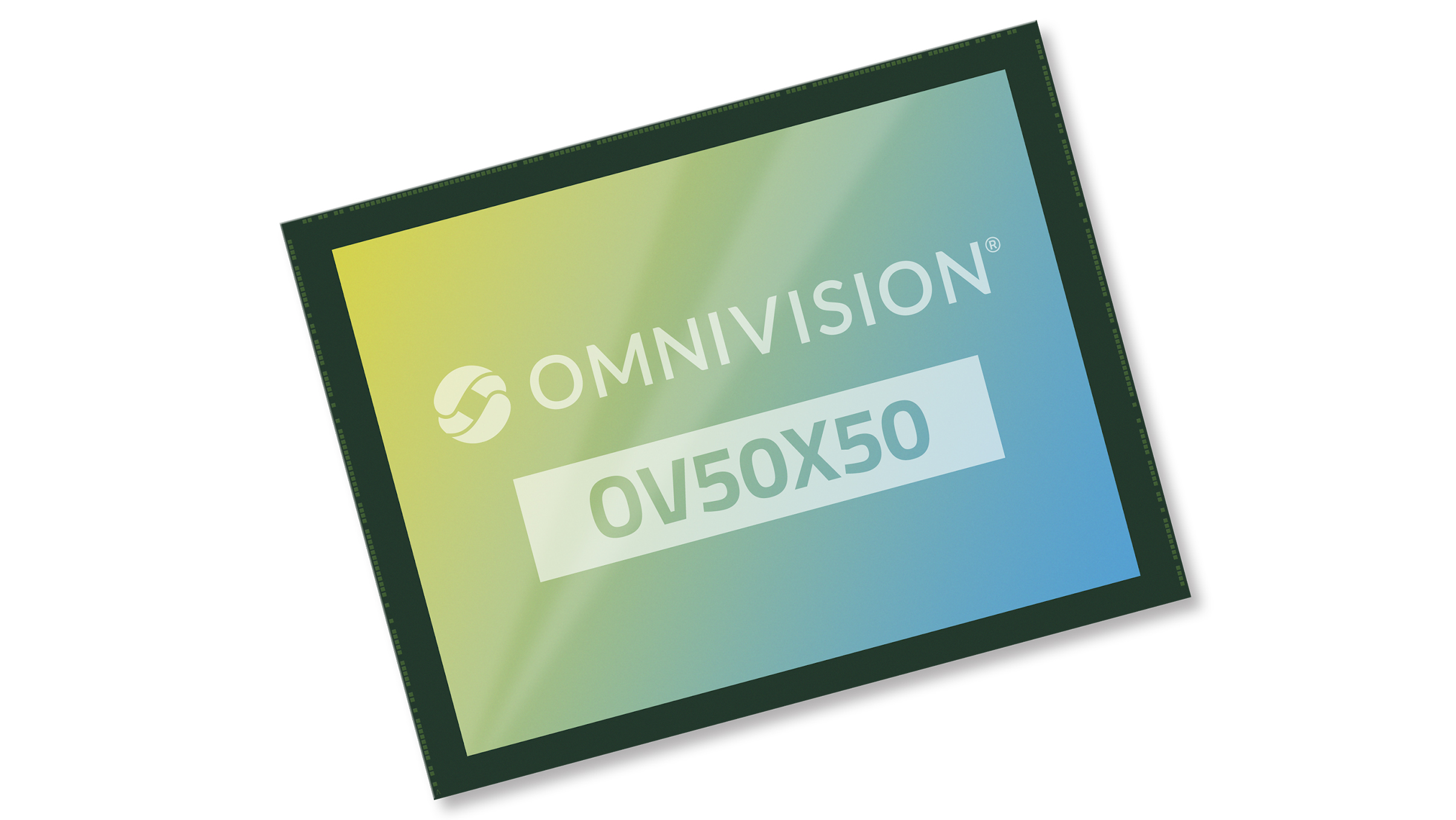Sony A7R V launched, with 8K video and AI autofocus but still 61MP
Other improvements for the A7R V include a bigger buffer for burst mode, better IBIS and a dual-pivot vari-angle screen
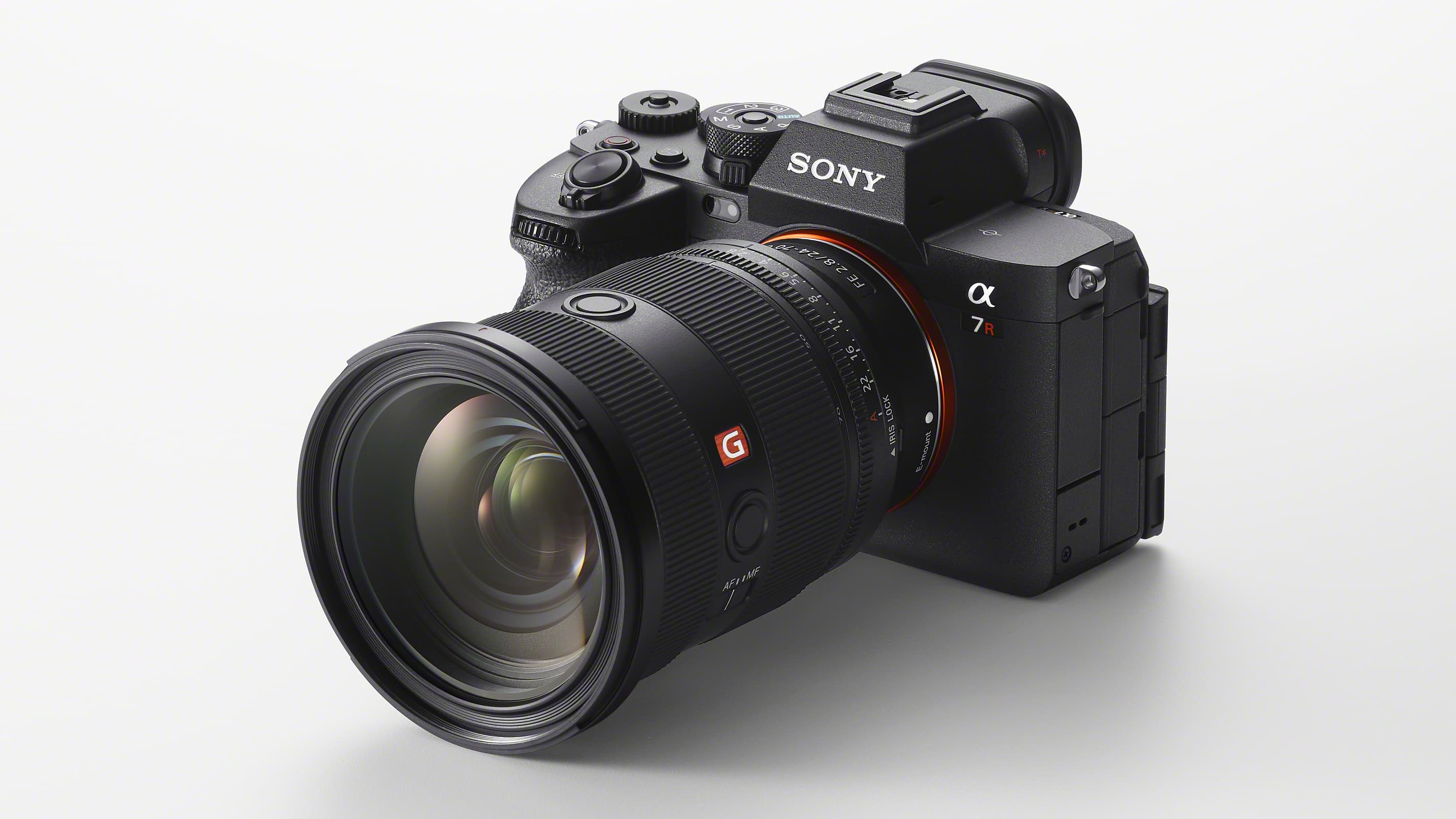
Sony sticks to its 61MP sensor, still the highest resolution you can get for a full-frame camera, but adds 8K video and a new AI-drive subject recognition autofocus system to go with a big boost in processing power and buffer capacity for burst shooting.
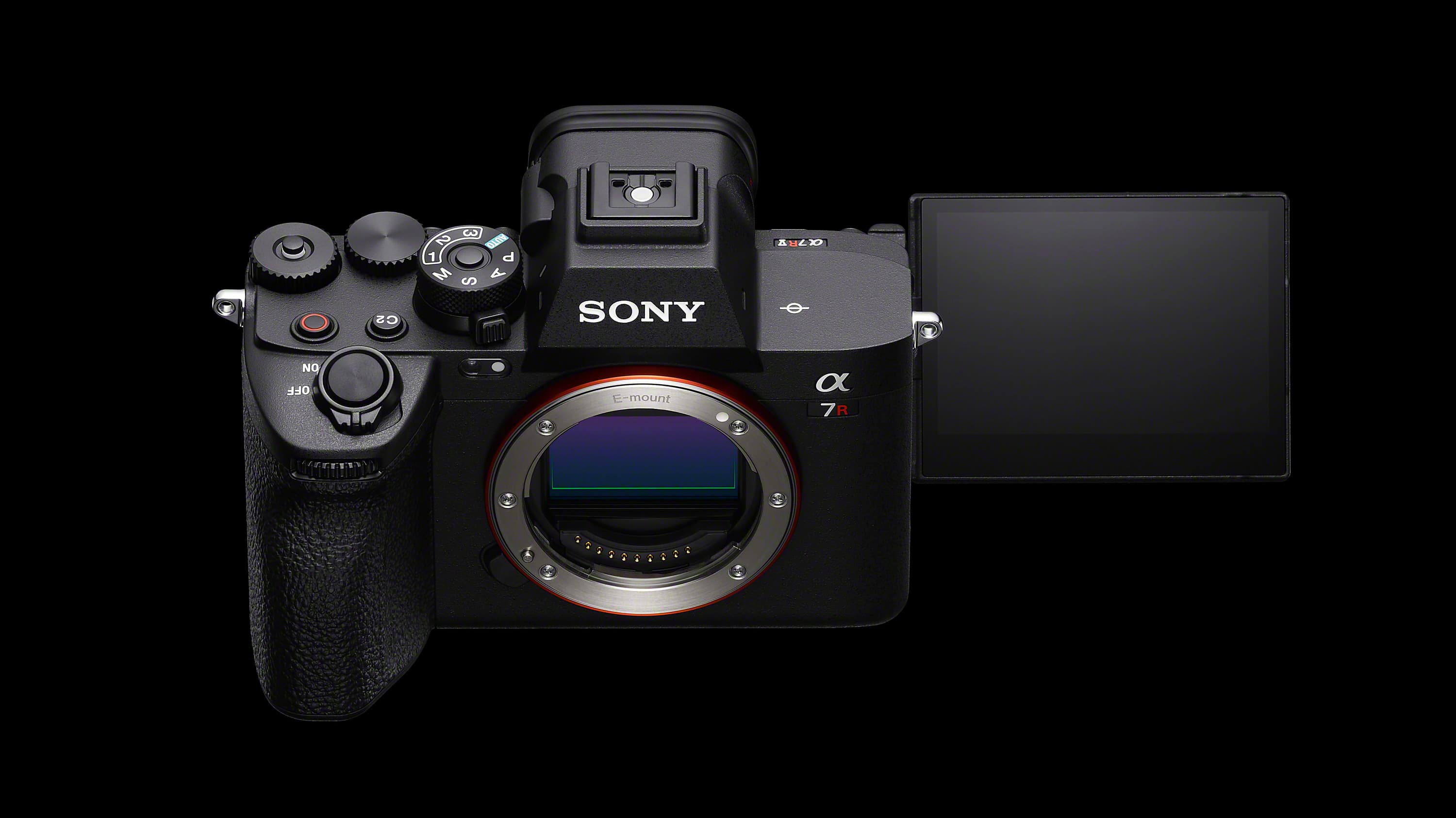
This will immediately make the Sony A7R V one of the best Sony cameras all round, and cement its position amongst the highest resolution cameras you can buy.
The Sony A7R V has been a long time, coming, and there have been so many rumors and leaked specs that very little of Sony’s launch announcement will be a big surprise. But it is now official, many of the details have been filled in and we can properly appraise Sony’s new camera.
8K video at 24p
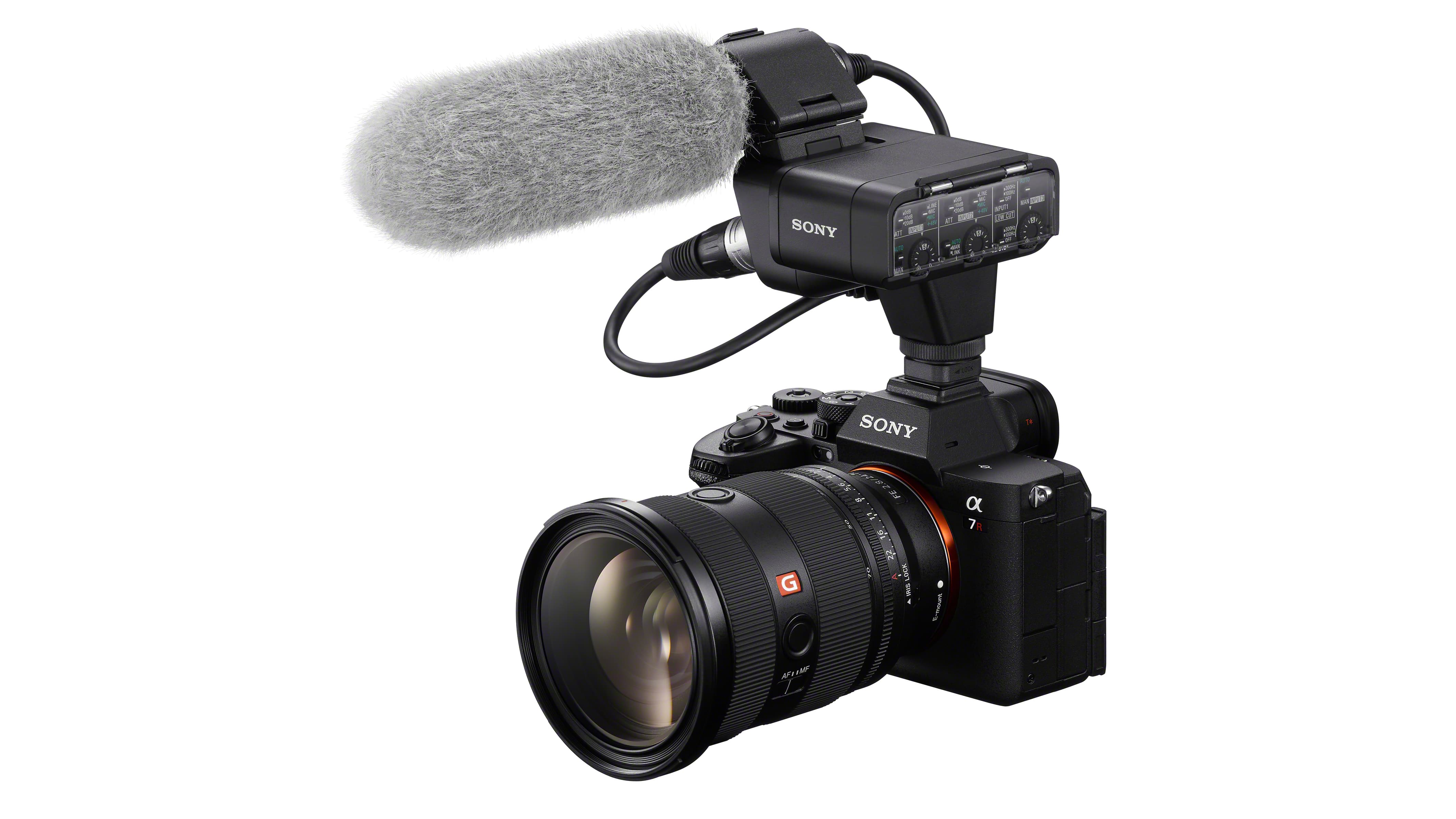
It’s no surprise that the A7R V now comes with 8K video capture, though this will be with a 1.2x crop – hardly surprising given that the resolution of the sensor would make oversampling the full-width readout a major processing overhead.
Full-width capture is possible at up to 4K 30p, 4K 60p uses the same 1.2x crop as 8K capture. The A7R V can also shoot in Super35 crop mode at 4K 30p via 6.2K oversampling. Formats supported include the now-familiar Sony trio of XAVC HS (8K, 4K), XAVC S (4K, HD) and XAVC S-I (4K, HD) and at sampling/bit depths up to 4:2:2 10-bit. The A7R V also gets Sony’s S-Cinetone profile, breathing compensation with compatible lenses and Sony’s new Focus Map feature to offer a visual indication of depth of field in the scene – blue areas are behind the depth of field, red areas are in front and clear areas are within it.
The 8K capture was expected, and the other video features won’t be too much of a surprise either. The difficulty for Sony with the A7R V was always going to be shoehorning that massive 61MP resolution into regular video sizes. It looks competent as a video shooter, but no speed demon.
AI autofocus: a new turning point?
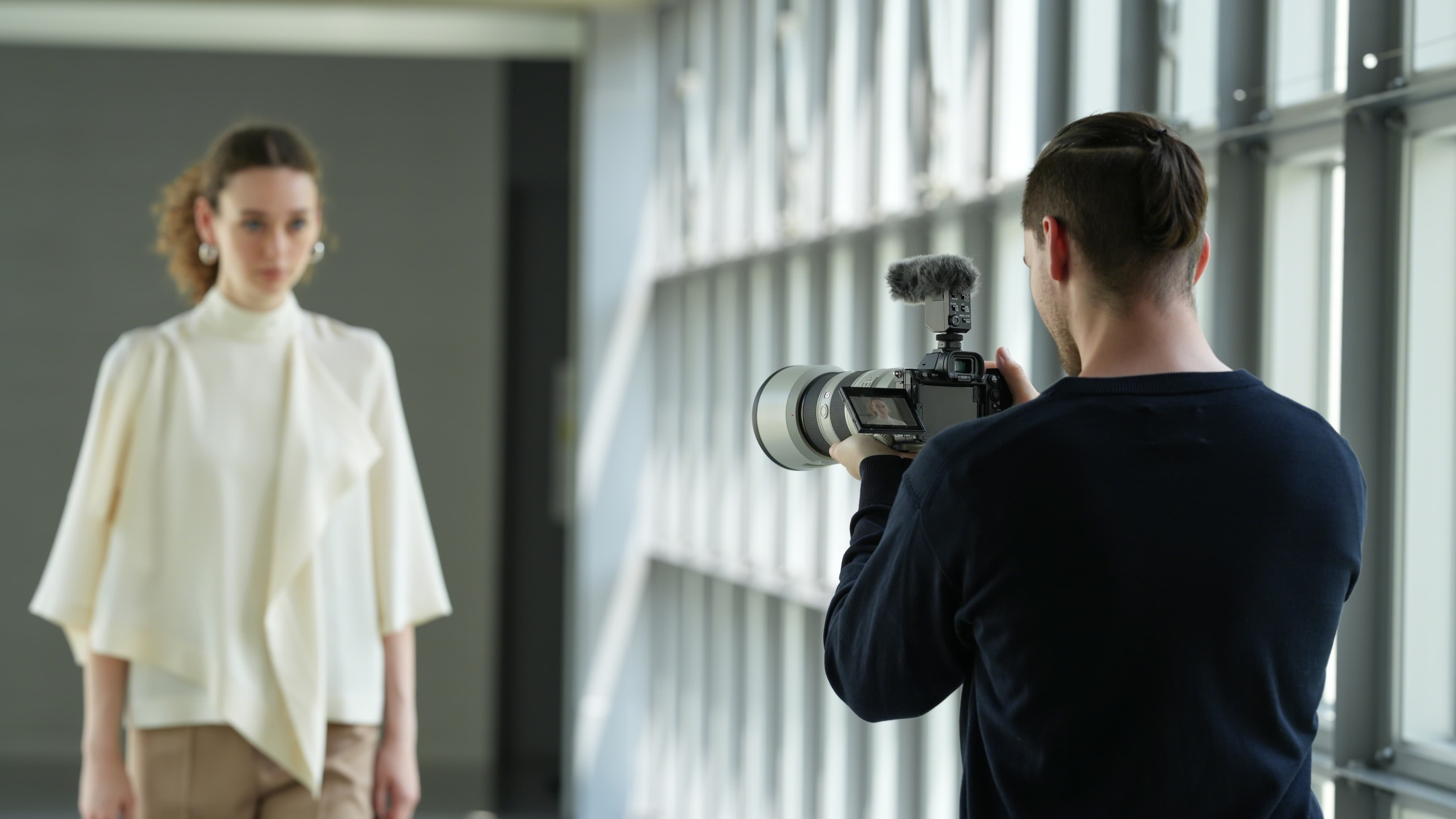
The bigger news from Sony’s perspective is its new AI-powered subject recognition autofocus system, made possible by a new dedicated AI Processor working alongside Sony’s BIONZ XR processor to deliver insect, car/train and airplane recognition, animal/bird head and body recognition, not just eye detection, and human detection based on recognized poses, not just face and eye detection.
Get the Digital Camera World Newsletter
The best camera deals, reviews, product advice, and unmissable photography news, direct to your inbox!
Sony sees this as a turning point in autofocus technology, listing a whole set of body parts the A7R V can now recognise and react to, including nose, eye left/right, ear left/right, neck, shoulder left/right, elbow left/right, wrist left/right, hip left/right, knee left/right, ankle left/right recognition to dramatically improve human subject tracking and indeed subject tracking in general.
Those aren’t the only AF improvements. The A7R V boasts wider AF coverage, with 693 phase detect AF points covering 79% of the image area (86% horizontal, 93% vertical). Sony says the wide-area high-density AF is now faster and more precise, and the AF will now work down to -4EV (in AF-S mode) versus the -3EV of the A7R IV before it.
Sony A7R V hardware improvements
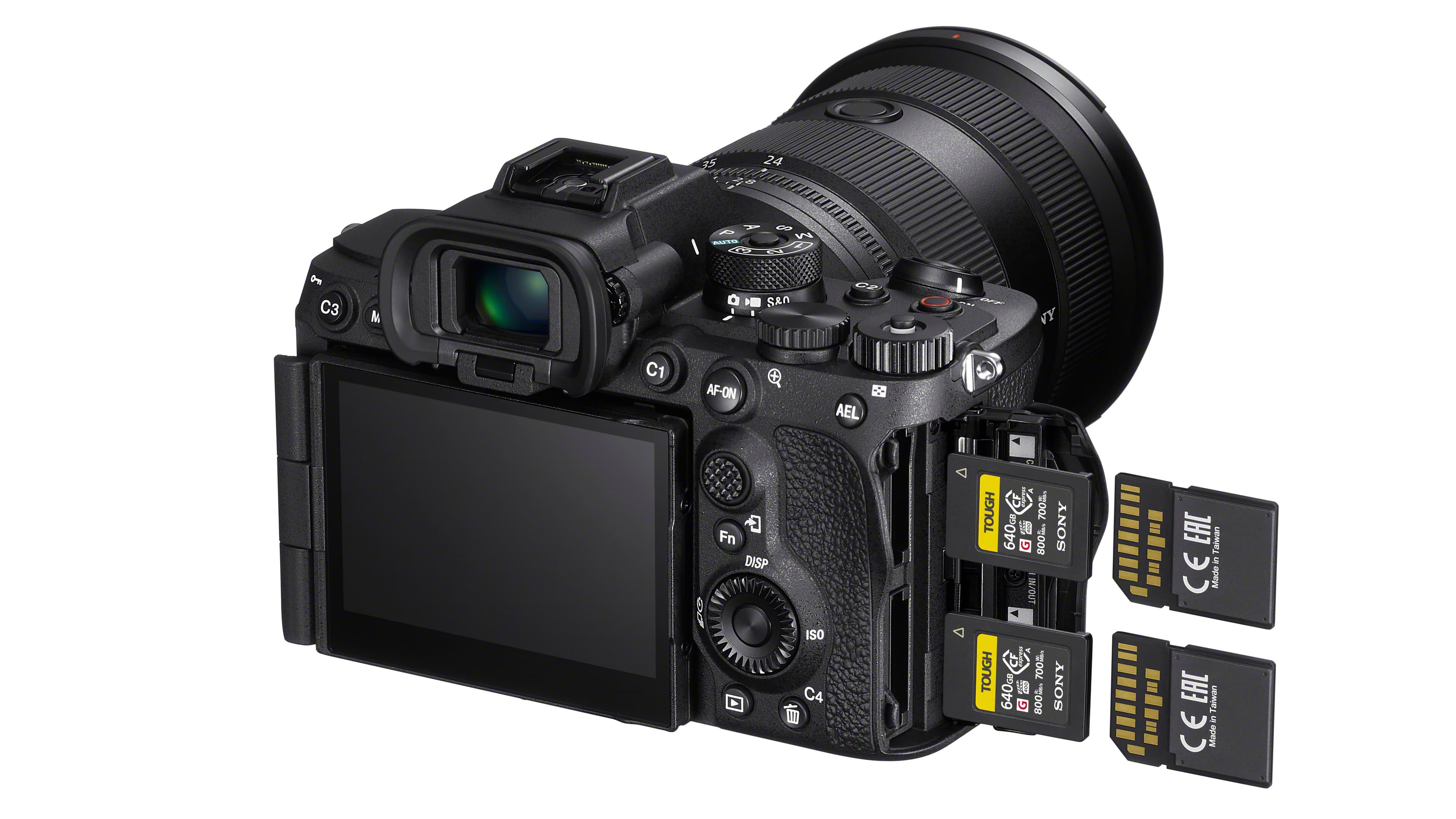
One of the biggest changes to the Sony A7R V is round the back. Sony has replaced the tilting screen of the old camera with a new dual-pivot display. that tilts as before but also hinges out sideways as a vari-angle screen. The quality has gone up too, with a 3.2-inch 2,095k dot display. The EVF is as good as it gets, a 0.64-inch device with 9,440k dots and a 0.9x magnification.
Inside the magnesium alloy chassis is an upgraded 5-axis IBIS system offering up to 8 stops of compensation. That will be interesting to try out as Sony’s previous system was not the best. The Active mode has been upgraded for better compensation with longer focal lengths, too.
The shutter has a quoted 500,000-shot life expectancy and now closes over the sensor when the camera is powered off. This should help reduce sensor dust – a known issue with Sony cameras – as will a new dust removal system.
Storage is via twin CFexpress Type A/SD UHS-II card slots, and the A7R V has a improved heat dissipation system to go with its 8K video capture. The flash control is now linked to the camera’s face detection system (a feature set to roll out to the Sony A1, A7C, A7 IV and ZV-E10, and the new camera has Sony’s latest menu system.
The Sony A7R V’s maximum burst speed remains at 10fps as before, but the faster processing and storage system dramatically increases the buffer capacity, now up to 583 compressed RAW, according to Sony, which means it can shoot more than 8 times longer than the A7R IV.
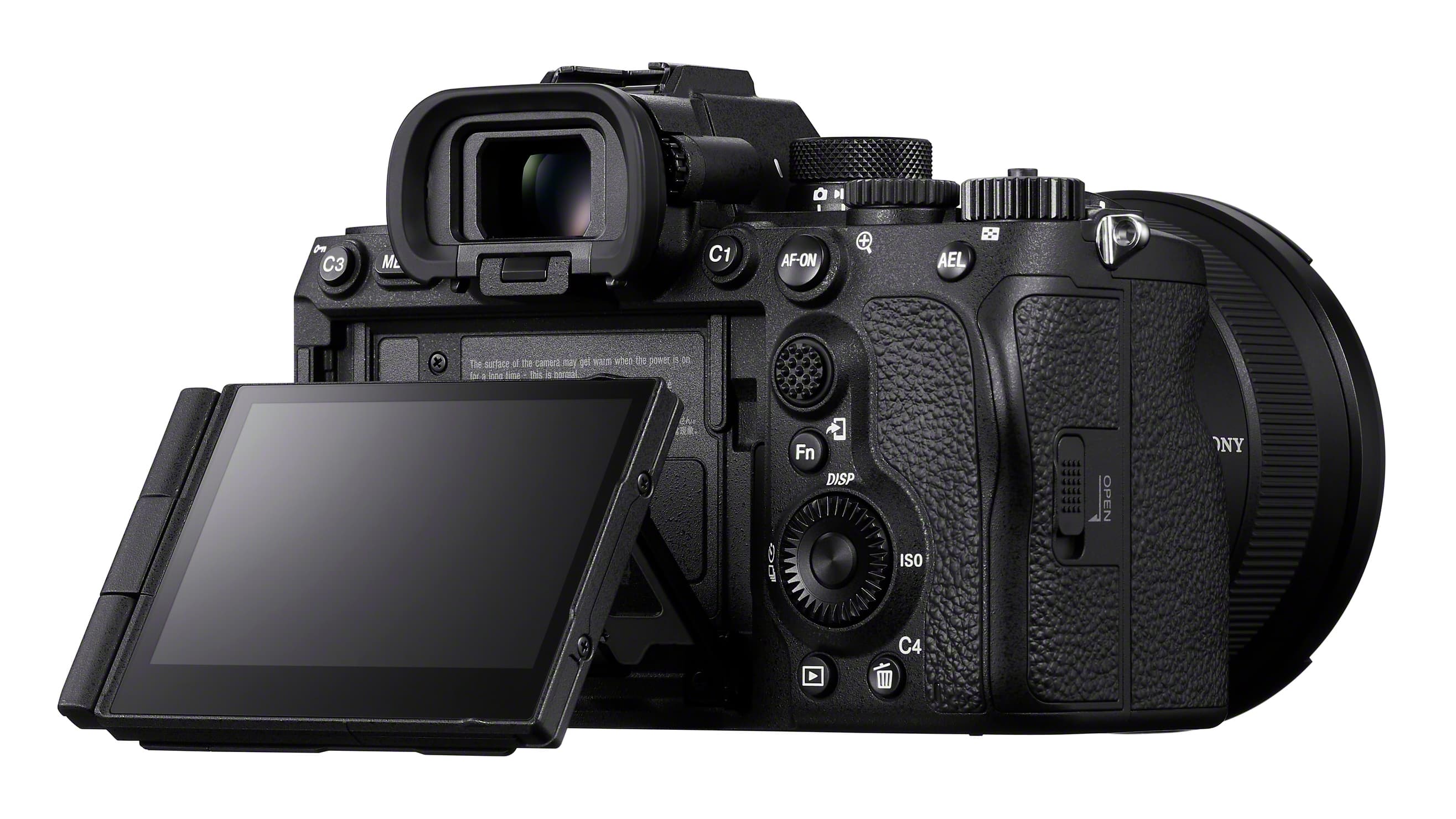
Finally, Sony has improved the image quality, with better low-light performance (it has a sensitivity range of ISO 100-32,000), improved auto exposure algorithms for more lifelike skin tones, and improved auto white balance.
And if 61MP is not enough, the A7R V’s 240MP Pixel Shift Multi Shooting mode can now automatically detect and correct small pixel movements such as people and leaves during compositing upgrade – though you still need Sony’s Imaging Edge desktop app, as these images are not merged in-camera.
Sony A7R V price and availability
Sony says the A7R V is aimed at wildlife photographers, landscape and travel shooters, wedding, event, portrait, and studio photographers. It will cost $3,900/£4,000.AU$6,199 body only and will be available for pre-order from the time of launch, with sales starting in mid-November (December in the US).
Read more:
• Best Sony cameras
• Best 8K cameras
• Best cameras for sport
• Highest resolution cameras

Rod is an independent photography journalist and editor, and a long-standing Digital Camera World contributor, having previously worked as DCW's Group Reviews editor. Before that he has been technique editor on N-Photo, Head of Testing for the photography division and Camera Channel editor on TechRadar, as well as contributing to many other publications. He has been writing about photography technique, photo editing and digital cameras since they first appeared, and before that began his career writing about film photography. He has used and reviewed practically every interchangeable lens camera launched in the past 20 years, from entry-level DSLRs to medium format cameras, together with lenses, tripods, gimbals, light meters, camera bags and more. Rod has his own camera gear blog at fotovolo.com but also writes about photo-editing applications and techniques at lifeafterphotoshop.com
